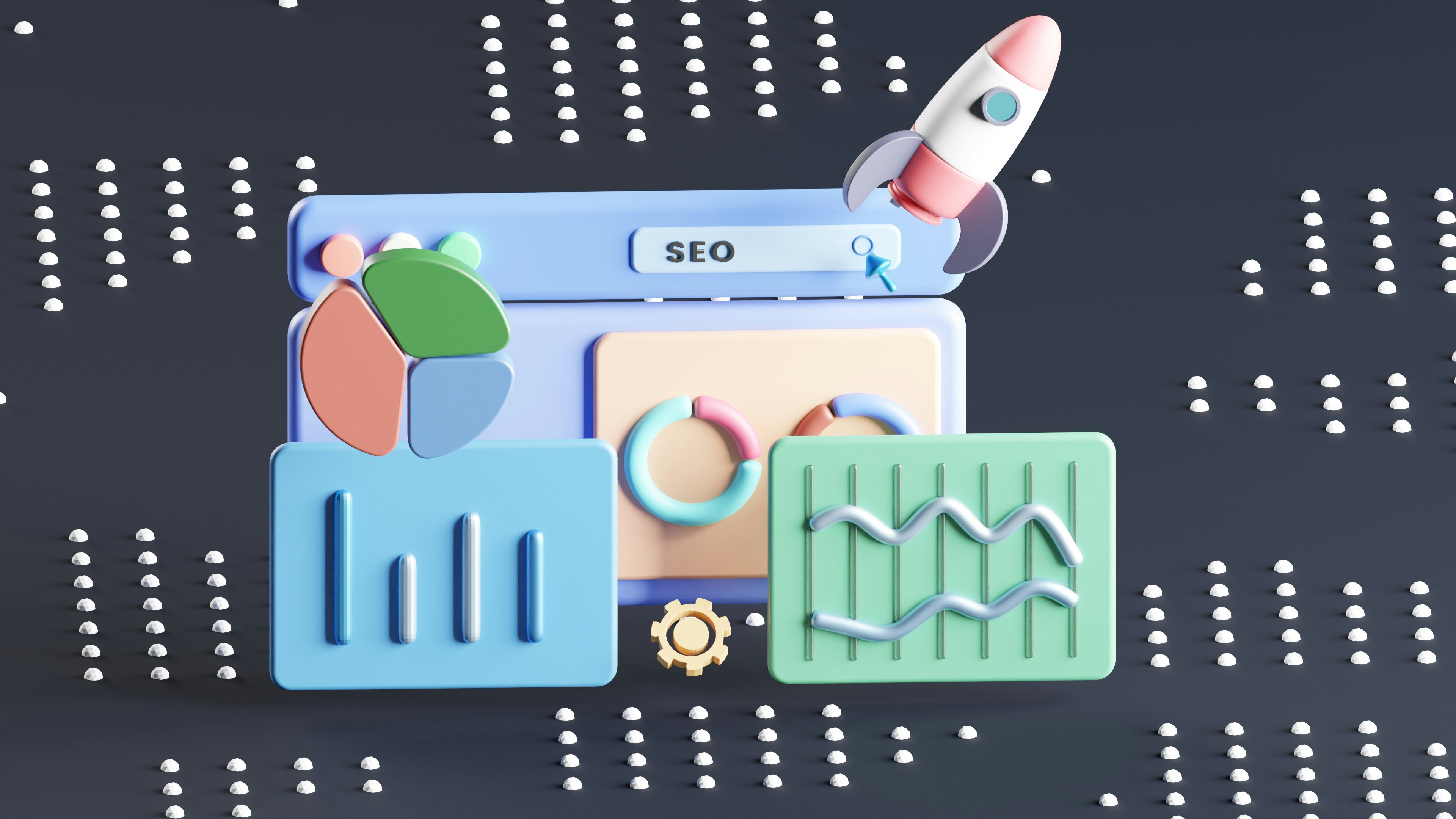Back
Shopify SEO how to: Keywords
So your Shopify store is up and running smoothly. You have collection pages, product pages, and a streamlined, user-friendly checkout process. Maybe you’ve been leveraging a social media or paid ad strategy for lead generation. But wouldn’t it be nice to capture more organic traffic and improve SEO? Leveraging keywords is a great place to start.
What are keywords?

Keywords, simply put, are words or phrases that people type into search engines like Google and Bing to get information. Repeated search queries for the same keywords help search engines understand which websites to suggest on the search engine results page (SERP). When you use high-intent keywords on your website, Google will understand your web content and will match it up with corresponding queries.
Keywords are essentially key topics that you should use to define your Shopify store and products. They tell Google what you offer, help identify backlinks, and drive organic traffic your way when appropriate.
How do keywords help my Shopify store?
There are four ways keywords help your Shopify store or app:
User experience: Keywords make it easier for your customers to navigate and understand the content in your store.
Audience targeting: Without high-intent keywords, you may not be narrowing down your Ideal Customer Profile (ICP) enough. A broad audience is great, but not when they aren’t your target demographic.
Internal searching: Similar to user experience, when customers search internally in your store for a specific product, keywords are what they use to find what they’re looking for.
SEO: Using keywords in a natural way builds trust and authority with Google, meaning your store climbs the search results page and receives more organic traffic.

5 Places to add high-intent keywords to your Shopify store
1. Product titles or H1 tags
The H1 tag is the main header on your product page (or, it should be). It’s usually the name of the product or service. When you create your page, Shopify will use the title you enter to generate the H1. Then, search engines like Google will use your H1 to understand what your page content is about.
It’s crucial to use high-intent keywords here, so when your customers use those keywords in their Google search, your product page could be one of the top results.
2. URLs
The way you structure the URLs of your Shopify store matters. A simple, readable, keyword-optimized URL will help search engines understand your content, just like the H1 tag does.
Try to avoid too many hyphens, numbers, and other symbols that take away from the readability of your URL. Then, apply the same clean structure for the rest of your store.
3. Image alt-text
Some claim that alt text won’t matter, but that’s a common SEO myth.
Alternative text, also known as alt text, is used to describe the images on all your pages. This text not only helps search engines understand the images and content for improved SEO, but also assists people with visual disabilities.
For example, if your image is of a baseball cap, alt text could look like “Blue adjustable snapback baseball cap.” It should be simple, accurately described, and include keywords for the product it’s picturing.
4. Meta descriptions
The meta description is the brief summary of your page that appears below the title in search engine results. Meta descriptions should include keywords, much like the titles do, but should also provide a bit of value about what’s on your page and why people should click. It’s a delicate balance between keywords, a mini sales pitch, and value.
A meta description should be between 140 to 155 characters, so as not to be cut off by the preview. Using the same baseball cap example from earlier, a meta description for the product page might be:
“[Company's] adjustable snapback collection is back in any color to suit your style, including our classic blue. Baseball caps never looked so good.”
5. Page copy
Finally, the copy on your product page. When you write content that appears below your headers, it’s known as your page copy, also referred to as body copy. Leveraging keywords here is important, and made easier without having word or character limits.
Search engines compare your page copy to your headings to make sure the content you’re creating aligns with what you say it is. This improves your brand trustworthiness and authority with Google, leaving you in a better ranking position.
Aside from using keywords, research what competing pages look like, and try to match (or better yet, slightly exceed) their word count to position your page as a more valuable resource. Typically, you want to exceed 500 words for the average product page.
How to get the most out of keyword research and tracking
Getting started with keyword research and implementation is easy, thanks to tips, apps, and themes; however, maximizing its effectiveness is better left to a professional team.
At Placeholder SEO, we help you with keyword research, keyword mapping, implementation, content recommendations, full technical SEO strategies, and more. If you’re looking to boost your organic traffic, site visibility, and conversion, book a call with the team today.

